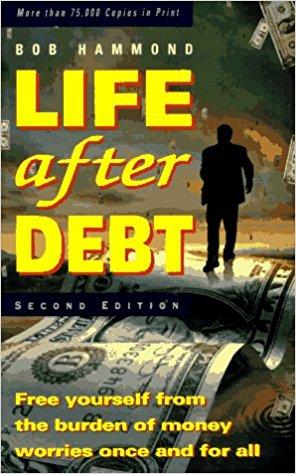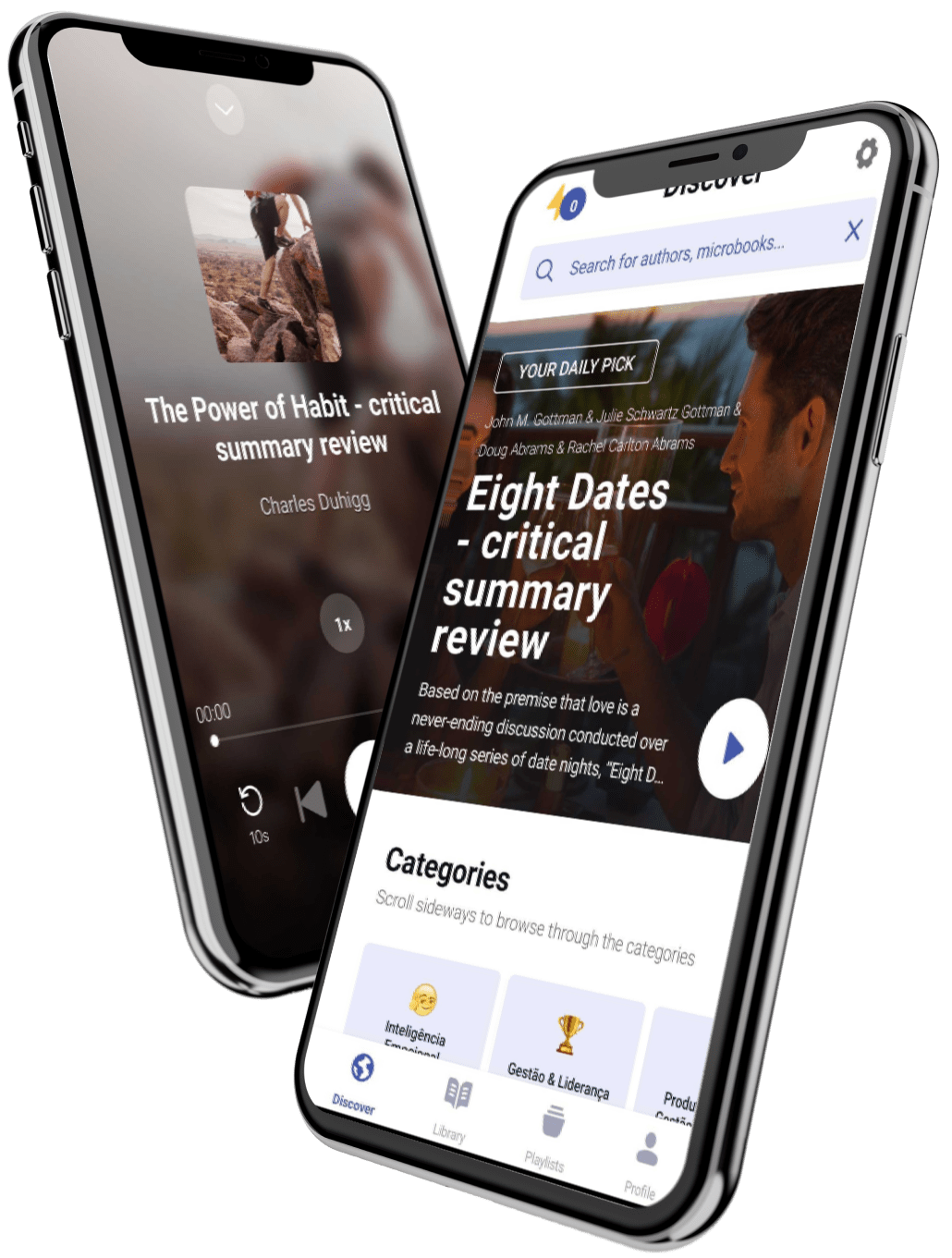Life After Debt Summary
5 min read ⌚
 Free Yourself from the Burden of Money Worries Once and for All
Free Yourself from the Burden of Money Worries Once and for All
Are you indebted? It’s okay, so are many other people in the world.
Although it may cause you stress, it should not be a constant preoccupation.
You can pay it off!
The only thing you need is right organization and knowledge of your rights.
Who Should Read “Life After Debt”? and Why?
We have all encountered debts be it a credit card debt or a mortgage.
But being in debt does not mean that you should stop living your life.
That is why Bob Hammond’s “Life After Debt” is an excellent read for all employees, unemployed and business owners who want to deal with their debt problems.
About Bob Hammond
Bob Hammond is an author and speaker on workshops, seminars and interviews, focused on the topics of credit and debt.
“Life After Debt Summary”
Debt is increasing all around the world, including the US.
People have lost their homes and lands, and as time goes by, they use an increasing portion of their salaries to pay off debts.
How can you know that you are entering debt before you go too far?
There are a few warning signs you should look for:
-
- Using credit to buy some things that you were able to buy with cash in the past.
-
- Extending existing loans of borrowing money to pay off debts.
-
- Using your savings account to cover the expenses for bills, instead of using your checking account.
-
- Borrowing from your life insurance.
-
- Using your rent money to pay off other debts.
- Using credit card advances to cover everyday expenses.
Even if you notice some of these signs in your life, do not worry, there is a way to start over. Now, we will discuss some of the possibilities you can use and climb out of your debt.
First, the next time before you borrow money or use a credit account, calculate whether you can afford the payments.
Study the annual percentage rates and the finance charges, since the credit costs may vary.
Your creditors are obliged by law to show you the finance charge, or the total amount it will cost you to use the credit, and the annual percentage rate, or the relative cost of using credit annually.
So, before you enter into a credit agreement, read these two types of information carefully.
Go a step further and look at the variations in monthly payments and total finance costs over the length of the loan.
Also, compare a few creditors based on these numbers, and make your decision only after you have calculated which of them is the most suitable one.
Second, you probably have different financing arrangements besides loans, such as credit cards, gasoline company cards, and overdraft checking accounts. These open-ended credit arrangements allow you to pay more money than your current balance is until you reach a previously established limit.
When you enter into such an agreement, do the same thing you would do with a loan: compare the creditor of choice with other creditors. Look at the terms of the credit agreement, and ask your creditor about the chargers.
Other things you may encounter are damaged merchandise and billing errors.
In such cases, the most important thing is to act quickly since creditors are lawfully obliged to correct errors promptly.
If you believe that a bill is incorrect, inquire about more information by writing to the creditor within 60 days after your bill was issued.
When you contact them, include details such as the account and the error, and the reason you believe it is wrong.
While you are waiting to hear back from the creditor, pay for the parts you don’t dispute, but do not pay for those, you have inquired about.
Keep in mind that as you are arranging a dispute, the creditor cannot do anything to threaten your credit rating, or even take any action to collect the disputed amount.
If you were wrong, use your negotiation skills to stop the creditor from filing a negative statement in your report. If necessary, you can even take legal action, but let’s hope it doesn’t come to that.
Finally, take care of your credit rating, since bad credit rating can increase your interest rates and finance charges.
Overall, you do not need to overburden yourself with your debt.
Be rational with your spending, and be serious about paying off whatever debt you may have incurred until now while staying away from any additional debts.
And remember, know your rights and always calculate your steps.
Key Lessons from “Life After Debt”:
1. Most Common Methods for Calculating Charges
2. Billing Errors
3. Steps to Stop A Cycle of Increasing Debt
Most Common Methods for Calculating Charges
-
- Adjusted billing method
-
- Previous balance method
- Average daily balance method
Billing Errors
-
- Charges for something you didn’t buy or authorize
-
- Charges for something that was incorrectly billed
-
- Charges for something you didn’t accept when it was delivered
-
- Charges for something that wasn’t delivered based on your agreement
-
- Mistakes due to arithmetic
-
- Failures to post a payment or credit
- Failure to mail your statement to your current address
Steps to Stop A Cycle of Increasing Debt
-
- Do not allow for any more unsecured debts
-
- Keep your credit card away from your wallet
-
- Contact a consumer credit counselor and ask them for help in setting up a credit repayment plan
-
- Make a list of the debts you are in, and make a plan to pay them
-
- Pay off the accounts with the smallest balances as soon as you can
-
- Find opportunities to increase your income
- Avoid debt-consolidation
Like this summary? We’d Like to invite you to download our free 12 min app, for more amazing summaries and audiobooks.
“Life After Debt” Quotes
Negative information in your credit files, such as previous late payments, collection accounts, or judgments, can prevent a lender from even considering your credit application - regardless of your ability to pay. Share on X A creditor may not threaten your credit rating while you’re resolving a billing dispute, and until your complaint is answered, the creditor also may not take any action to collect the disputed amount. Share on X Truth-in-lending laws require that open-end creditors tell you the terms of the credit plan so that you can shop and compare the costs involved. Share on X There’s an easy and effective way to straighten out billing errors. The Fair Credit Billing Act requires creditors to correct errors promptly and without damage to your credit rating. Share on X Open credit card bills promptly and compare them with your receipts to check for unauthorized charges and billing errors. Share on XOur Critical Review
“Life After Debt” is a wonderfully practical book, which can help anyone get out of debt.
However, since Hammond discusses only US law, most of the strategies resonate only with American readers.
Emir is the Head of Marketing at 12min. In his spare time, he loves to meditate and play soccer.


 Free Yourself from the Burden of Money Worries Once and for All
Free Yourself from the Burden of Money Worries Once and for All




